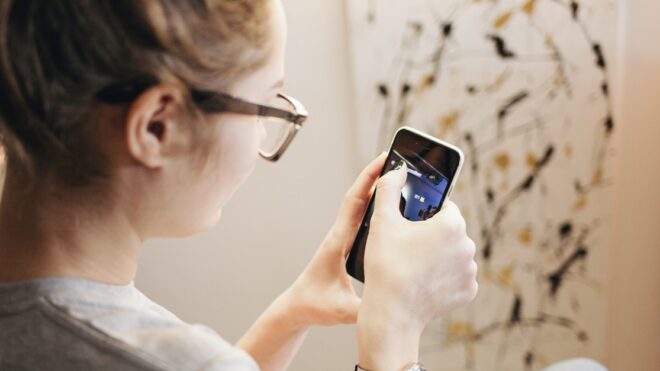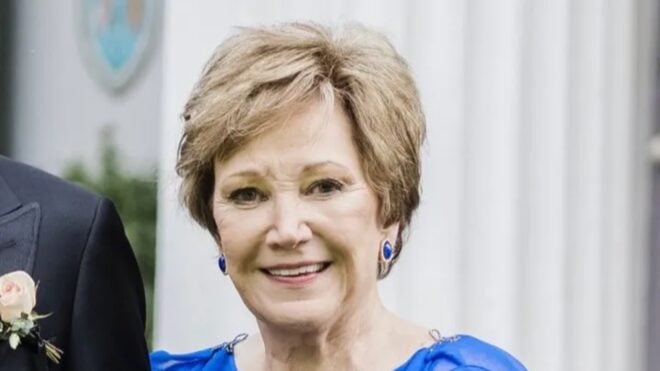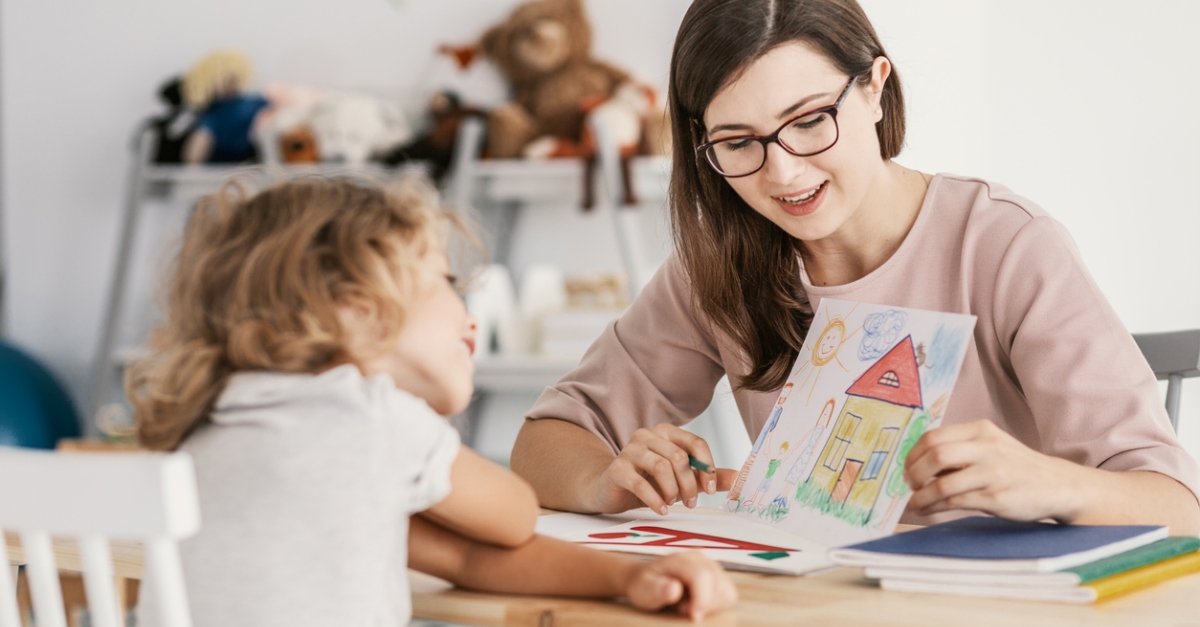
Speech disorders impact kids in many areas of life. It can make facets of education and socializing difficult.
In the age of COVID-19, those problems are compounded by widespread mask-wearing. Most masks are solid, which eliminates the ability to read lips. Social distancing also makes this complicated. If you don't have a person with a speech disorder in your immediate life, these issues may not even occur to you. For them, it is a source of constant frustration.
The need for social distancing also poses issues with getting therapeutic services. Some services require physical contact, which many parents and providers aren't comfortable with at this time. Virtual sessions achieve what they can, but depending on the child's specific needs, it may not be enough.
Lori Colon-Caplan, a speech-language pathologist at Montclair Speech Therapy, recently spoke with LittleThings about children with speech disorders. She explains how mask-wearing and social distancing is impacting these kids. She also reveals how everyone can help kids with speech disorders be more comfortable during this overwhelming time.
Children living with speech disorders have struggled, just as many others in recent months. The pandemic has posed unforeseen challenges. LittleThings spoke with Lori to learn more about their experience.

"The primary issue children with speech disorders face right now is being able to maintain attendance to sessions to continue to progress," she explained. "For many children, the virtual option for sessions have been a great way to not only maintain progress but continue to promote advancements."
She noted: "Offering the virtual platform allows for the therapist to offer the visual and verbal cues without the use of masks creating barriers. We use a coaching model to train the parents to be our hands at times to promote the appropriate touch cues to promote targets."
Lori said that for children who weren't able to attend online sessions, live, in-person training is still effective. "For these children, we are maximizing safety and minimizing risk by following all CDC guidelines and beyond to allow for continued attendance and progression towards goals."
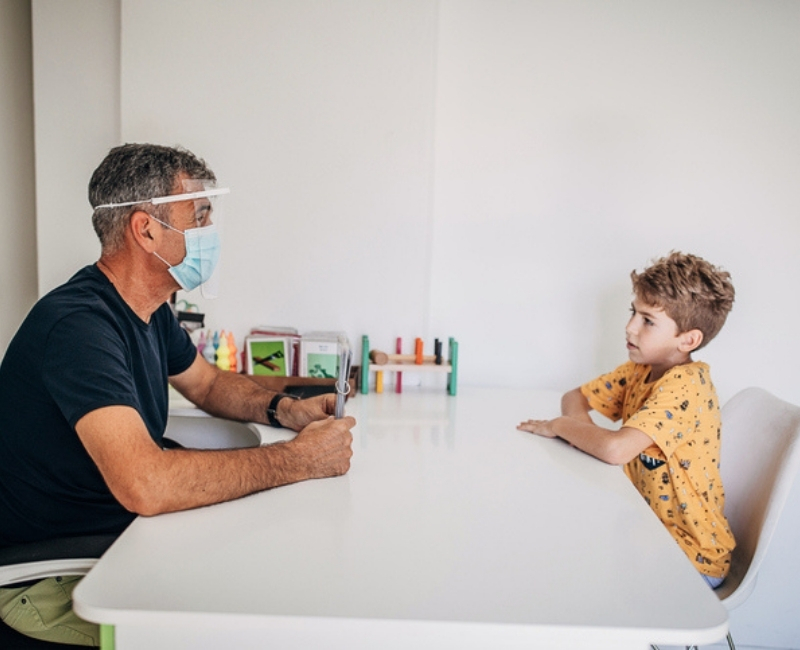
"Another huge issue has been the wearing of face masks," Lori continues.
"As a child with a speech disorder, being understood by friends and family is difficult enough. Now imagine having to communicate through a face mask that further muffles your annunciation. It's tough and frustrating. Most concerning of all, it's caused some children to forgo the mask-wearing, just so they can effectively communicate their messages."
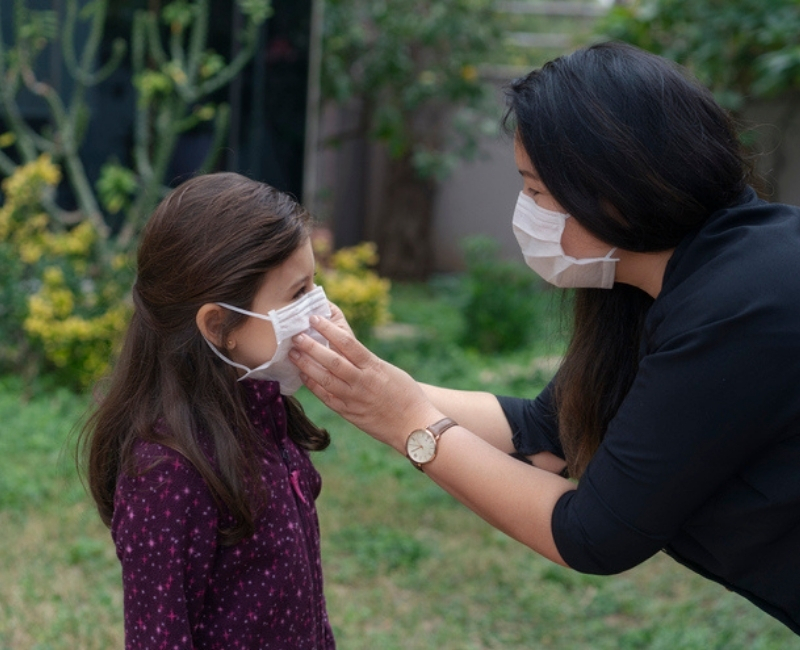
"Additionally, many of the children who end up on our caseloads, present with sensory processing challenges which makes mask-wearing more than just something that is perceived as annoying but rather noxious for our kids. For these kids, we have learned that systematic desensitization with a mask-wearing schedule will promote success in improving tolerance for increased lengths of time," she noted.
"Children with speech sound disorders can have challenges managing their personal secretions creating a soggy and further uncomfortable mask-wearing task."
Another challenge is that masks cover up most facial cues, making it harder for these kids to be understood and to understand others. "Important, nonverbal cues have been removed from the arsenal, making communication all the more difficult."
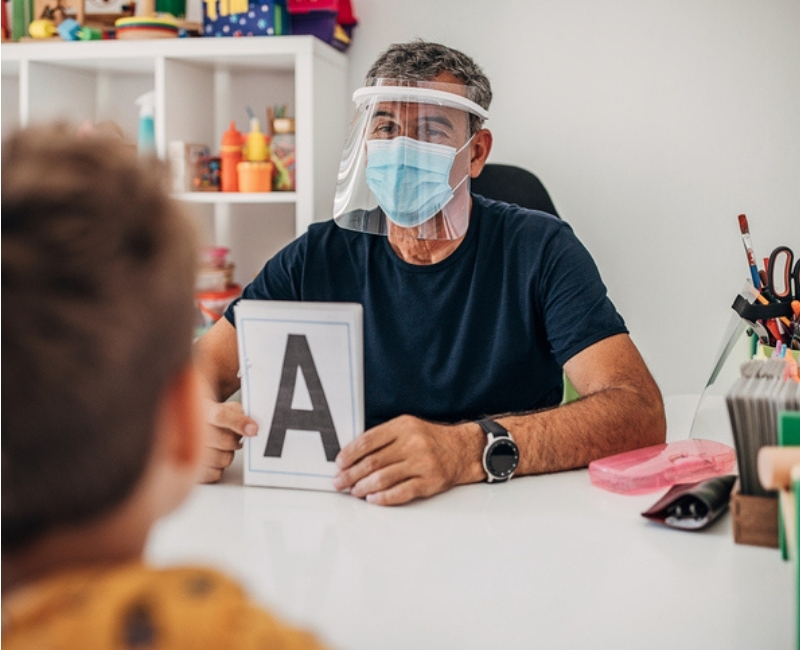
Lori went further in-depth to explain how children with speech disorders are impacted by mask-wearing in treatment.
"In treatment sessions, we've been able to accommodate somewhat. We do our best to maintain social distance throughout the entire visit, and in our practice, therapists chose between a variety of masks, clear masks, and clear plastic face shields, so that annunciation and visual face cues can be readily seen and interpreted with the clear options," she said.
"We have offered our families support to adapt to this new world where so many people are wearing masks. This includes learning to speak louder, slower, making sure you have the person's attention before you try to communicate, and using the eyes and hands to supplement expression."

With kids back in school, these complications can lead to frustrations that impact learning. We asked Lori about asking for accommodations in both in-person and remote learning environments.
"This is always a tough one because parents don't want to come off too pushy when asking an educator to afford special considerations for their child. That said, this is an extraordinary circumstance and we have all had to accommodate for dramatic changes to the classroom environment. It's important for the parent to let the child's school administration, nurse, and teachers know what particular challenges the student is tackling because of the pandemic – and ask that they please remember his needs as we all adjust."

"Regular checkups with the school to make sure the classroom experience (in-person or through distance learning) is working as well as possible for the child is important as well," she noted.
"Additionally, if the children are attending completely virtual or via a hybrid model, it is important that the adults learn how to navigate the classroom platform to best support their little student. Here is where relying on your village will certainly help a parent/caregiver learn how to best navigate the various systems that their children are facing daily."

The speech-language pathologist also spoke about the possible accommodations that can be made for kids with speech disorders both inside and outside of the classroom.
"Transparent face masks are great for kids with speech disorders, but unfortunately, they're not well-suited for everyone. Many find they fog-up or get wet from condensation, leading to discomfort and abandoned use," she noted.
"In extreme cases, some patients may want to investigate low and high tech augmentative communication devices. This can be as simple as pictures or apps on a tablet to point to or show their caregivers when the speech mode is really challenging due to a host of different reasons including internal (fatigue, low arousal) and external distractions (noisy)."

"Others who are older and have more skills have reverted to using a speech-to-text app," she said.
"But we think that, in most instances, it's just a case of using and practicing communication while using a face mask — relying on hand and eye cues, making sure you have the person's attention, speak slower and louder, and trying to save communication for lower-volume environments are all useful ways of coping as we navigate this pandemic."
Lori also stresses the importance of working with your child's medical team to meet their specific needs.
"We suggest working with the child's speech-language pathologist is the best immediate resource. We want every family to feel supported and empowered to continue to allow for their child to make progress as we face these unprecedented challenges. If this is not occurring, be sure to do research, advocate for your child and be sure to find the team that best supports your child's goals," she advised.
"ASHA, the American Speech-Language-Hearing Association, is our usual go-to resource for the latest news and strategies when it comes treating our patients. Parents can find a lot of useful information there too. But again, nothing beats a one-on-one relationship with a professional pathologist that can focus on the special needs and nuances of your child's circumstance, so that's always our first choice."


